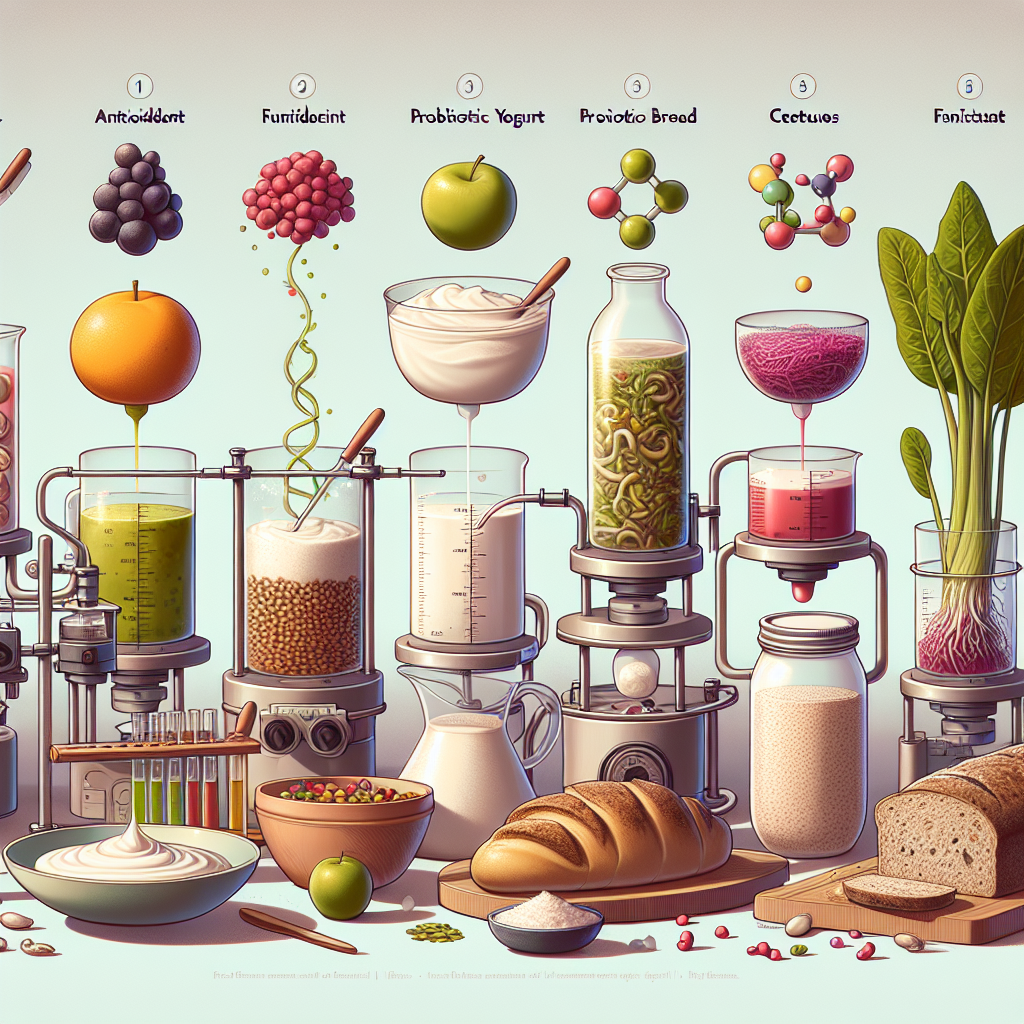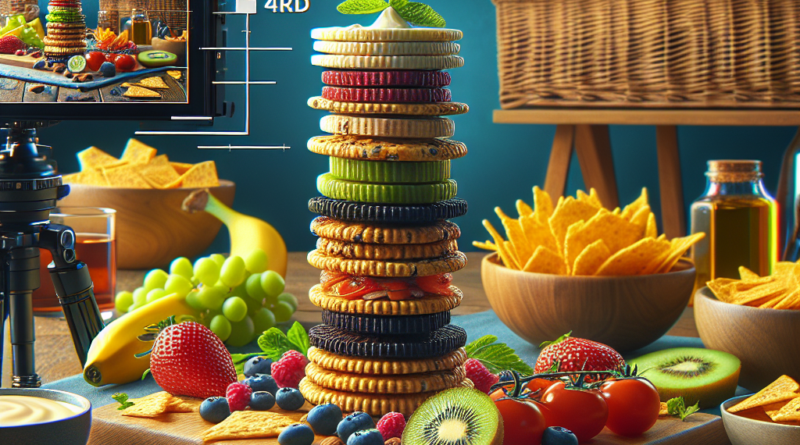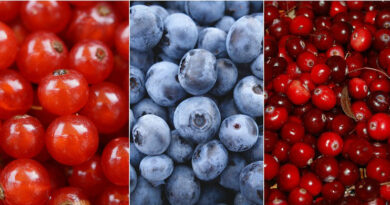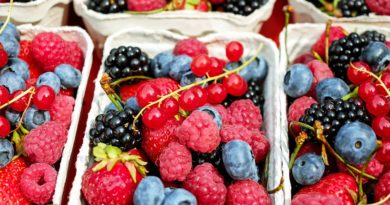5 Functional Food Science Kitchen Snack Projects
5 Functional Food Science Kitchen Snack Projects

Functional foods are those that have a potentially positive effect on health beyond basic nutrition. They promote optimal health and help reduce the risk of disease. The science behind these foods is fascinating and can be a fun and educational experience for both kids and adults. Here are five functional food science kitchen snack projects you can try at home.
1. Homemade Probiotic Yogurt
Probiotics are live bacteria and yeasts that are good for your health, especially your digestive system. Making homemade yogurt is a great way to introduce the concept of probiotics and beneficial bacteria.
- Heat milk to just below boiling, then cool it down to lukewarm.
- Add a spoonful of store-bought yogurt, which acts as a starter culture.
- Let the mixture sit in a warm place for several hours until it thickens.
Not only is this a fun project, but it also provides a healthy snack. According to a study published in the American Journal of Clinical Nutrition, consuming probiotics can improve gut health and enhance the immune system.
2. Fermented Vegetables
Fermentation is another process that introduces beneficial bacteria. It’s also a method of food preservation that’s been used for thousands of years.
- Chop up some vegetables, such as cabbage or cucumbers.
- Add salt and pack them tightly into a jar.
- Let them sit at room temperature for a few days to a week.
The result is a tangy, crunchy snack that’s full of probiotics. A study in the Journal of Applied Microbiology found that fermented foods are rich in antioxidant and anti-inflammatory properties.
3. Homemade Energy Bars
Energy bars are a great way to learn about macronutrients – proteins, fats, and carbohydrates. They’re also a perfect on-the-go snack.
- Mix together oats, nuts, dried fruit, and a sweetener like honey or maple syrup.
- Press the mixture into a pan and let it harden in the fridge.
According to a study in the Journal of the International Society of Sports Nutrition, energy bars can provide a quick source of energy for athletes and active individuals.
4. Sprouting Seeds
Sprouting is the process of germinating seeds to be eaten raw or cooked. Sprouts are nutritional powerhouses with increased levels of vitamins and minerals.
- Soak seeds, such as lentils or alfalfa, in water overnight.
- Drain the water and rinse the seeds a few times a day until they start to sprout.
A study in the Journal of Food Science and Technology found that sprouting increases the bioavailability of nutrients, making them easier for the body to absorb.
5. Homemade Fruit Leather
Fruit leather is a fun and easy way to learn about dehydration, a method of food preservation. Plus, it’s a healthier alternative to store-bought fruit snacks.
- Puree fresh fruit and spread it thinly on a baking sheet.
- Bake at a low temperature for several hours until it’s dry but still flexible.
According to the USDA, fruit leather made from 100% fruit is a good source of dietary fiber and vitamin C.
Conclusion
Functional food science kitchen snack projects are a fun and educational way to learn about nutrition and health. They provide hands-on experience with food preparation techniques and introduce the concept of functional foods. Plus, they result in delicious and nutritious snacks. So why not try one of these projects and enjoy the science of food? Remember to always maintain food safety precautions of cleanliness, refridgeration, packaging, watch for mold formations, etc.



